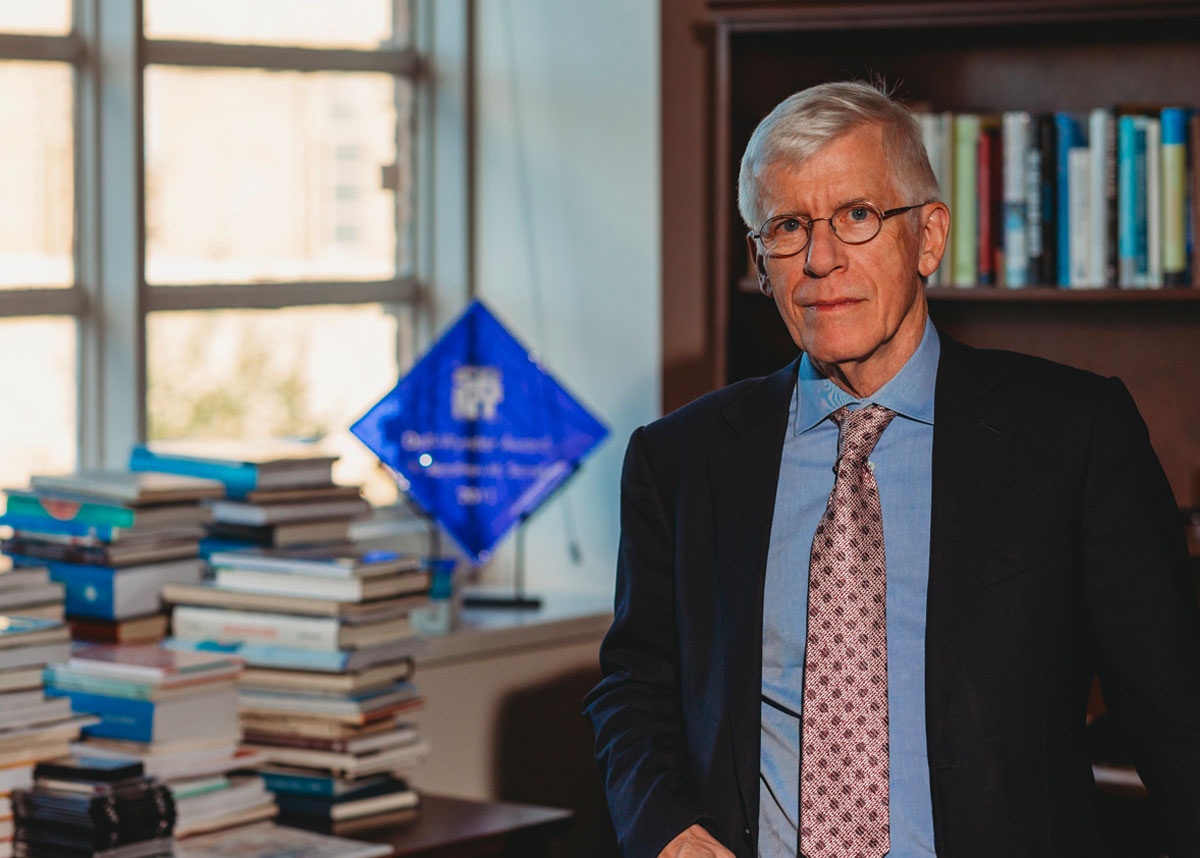The COVID-19 Pandemic & More: Respiratory viruses on the rise (again), mask mandates work, and more
Nov 21, 2022
The Colorado COVID-19 update is no longer quick and reassuring. Hospitalizations rose to 379 for the week of November 15, up from 218 for the week of November 1. For context, recall that April’s low was 77 and that previous peaks reached above 1,800. Other indicators have moved in an unfavorable direction as well: test positivity is at 11.8% and wastewater concentrations of virus are trending up across the state. The mix of variants is changing with declining BA.5 and rising BQ.1. The variant alphabet soup will inevitably change as SARS-CoV-2 continues to cause infection, to replicate, and to mutate.
And, respiratory syncytial virus (RSV) remains a critical concern, particularly for infants and children as the unprecedented RSV epidemic continues. Hospitalizations for RSV have risen at a breath-taking pace, far steeper than in prior years. Hospitalizations for influenza are also going up at a trajectory matching those of recent years with high peaks, but we are still early in the influenza epidemic’s course. While there is great uncertainty at present, simultaneous peaking of the epidemic curves for influenza, RSV, and COVID-19 would stress hospital capacity, particularly for the pediatric age range. As always, more time will bring greater certainty about the potential threat from a “tripledemic.”
The use of mandated respiratory protection in schools—“mask mandates”—has been a politicized flashpoint in the public health efforts to control the COVID-19 pandemic. Masks are one of the key tools in the toolbox for controlling transmission of airborne infectious agents in schools, along with improving ventilation, air cleaning, and ultraviolet C. Previously, I described discussions at a workshop of the National Academies of Science, Engineering, and Medicine concerning management of the indoor environments in schools. Workshop participants took mask use as an effective option and commented on the barriers to successful implementation of the full toolkit.
A just-published paper in the New England Journal of Medicine provides real-world evidence on the effectiveness of school mask mandates. The investigators took advantage of the patchy discontinuation of mask mandates in Massachusetts after the lapse of a statewide mandate in February 2022, comparing infection rates across 72 school districts to assess the effect of the mandate. Of these school districts, two (Boston and Chelsea) maintained mask mandates while the remainder dropped their mandates over a three-week period. The researchers used a difference-in-differences approach to document the effectiveness of school-wide mask mandates. With this approach, the rates of infection in the two “treatment” school districts (Boston and Chelsea) are compared with those in the remaining 70, before and after the three weeks over which the mandates were relaxed. The infection rates were comparable in the two groups prior to the relaxation of the statewide mandate but diverged afterwards—staying lower in the two school districts that maintained mandates. With this design, time-varying factors that might influence the infection rate are controlled, providing an estimate of the causal effect of mask mandates on infections in children and staff in school districts.
The findings are striking in showing the effectiveness of the mask mandate. During the 15 weeks after the statewide mask mandate was dropped (before the end of the school year), the incidence of COVID-19 infection was 44.9 additional cases per week among students and staff. For context, this avoidable excess amounted to 29.4% of the total cases over the post-mandate interval. This credible evidence provides guidance for the future if the toolbox for controlling airborne transmission in schools needs to be reopened.
Sadly, we once again find ourselves mourning the victims of another horrific shooting; this one carried out in Colorado Springs over the weekend and targeting the LGBTQ+ community. Five people were killed at Club Q and at least 25 others were injured as a gunman carrying a semiautomatic weapon walked in and opened fire. The Colorado School of Public Health stands in solidarity with the LGBTQ+ community across all of our campuses and programs. I urge anyone who needs support to use campus resources at CU, CSU and UNC; please see the resources and messages from CU Anschutz Chancellor Elliman, CSU Interim President Rick Miranda, and UNC's President Andy Feinstein. Our Injury & Violence Prevention Center addresses firearms, but science-driven policies to protect public health from gun violence have long failed to advance. Nonetheless, we need to continue our work.
Every year on the Monday before Thanksgiving, the American Public Health Association and Research!America recognize the public health professionals who work tirelessly to protect the health of all people and all communities as part of Public Health Thank You Day. The resiliency and dedication of the public health workforce is something to be thankful for every day, but a special day is well-deserved—particularly at this moment of intense pressures on those working in public health. Reach out to colleagues and say thanks “just because”—we could all use some support amidst all that is going on at the moment worldwide.
Jonathan Samet, MD, MS
Dean, Colorado School of Public Health



